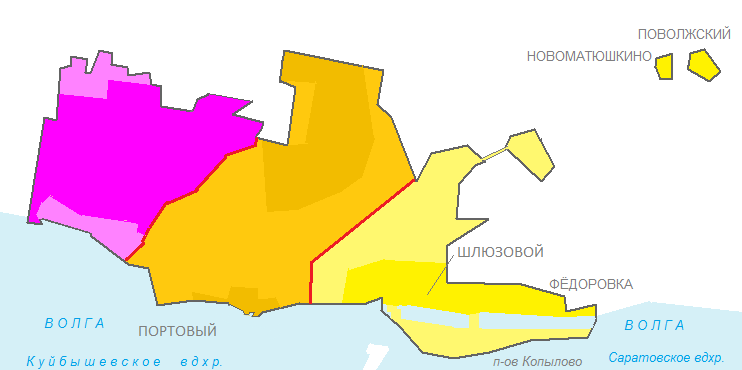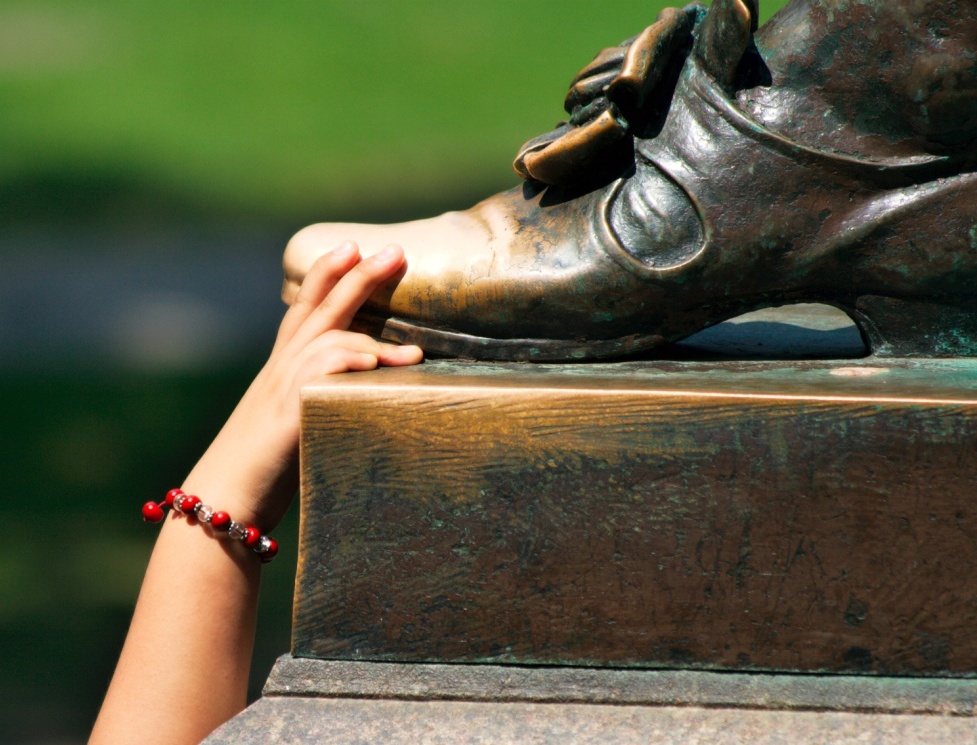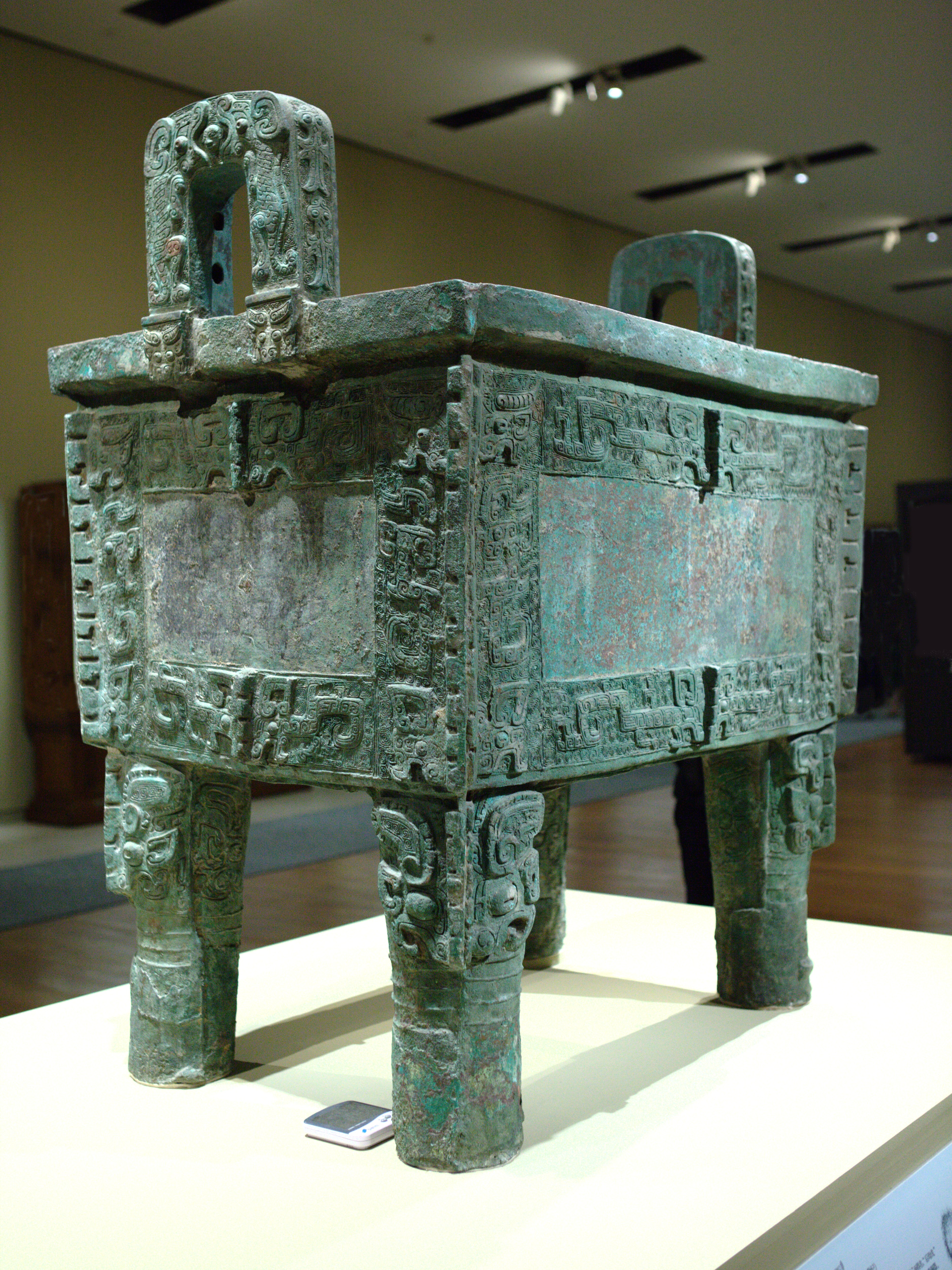|
Loyalty (monument)
''Loyalty'' (russian: Памятник преданности) is a monument to a faithful dog in the Russian city of Tolyatti. Background In 1995, residents of a Tolyatti began noticing a German Shepherd dog at the edge of South Highway, a bypass road in the Auto Factory District of the town which leads to the AvtoVAZ car factory. He was always in the same place, and he rushed at passing cars. Word of the dog spread around the city and the people of the city informally adopted him. Further research showed that in the summer of 1995 the dog had been riding in a car with a man and a girl. The car had crashed, the girl was killed on the spot, and the man was taken to a hospital where he died a few hours later; the dog survived. His name was not known, so people began calling him "Faithful" or " Kostya" (a hypocorism (affectionate diminutive) of Constantine which itself devolves from "constant, steadfast"). People built doghouses for him and some tried to adopt him into their homes ... [...More Info...] [...Related Items...] OR: [Wikipedia] [Google] [Baidu] |
Tolyatti
Tolyatti ( rus, Толья́тти, p=tɐlʲˈjætʲ(ː)ɪ), also known as Togliatti, formerly known as Stavropol (1737–1964), is a city in Samara Oblast, Russia. It is the largest city in Russia which does not serve as the administrative center of a federal subject, or to be one's largest city. Population: The city is best known as the home of Russia's largest car manufacturer AvtoVAZ ( Lada), where it was renamed after Italian communist politician Palmiro Togliatti in 1964. History Tolyatti was founded in 1737 as a fortress called Stavropol () by the Russian statesman Vasily Tatishchev. Informally it was often referred as Stavropol-on-Volga (, ''Stavropol-na-Volge'') to distinguish from Stavropol, a larger city in southwest Russia, although Stavropol-on-Volga was never its official name. The construction of the Kuybyshev Dam and Hydroelectric Station on the Volga River in the 1950s created the Kuybyshev Reservoir, which covered the existing location of the city, and ... [...More Info...] [...Related Items...] OR: [Wikipedia] [Google] [Baidu] |
Statue Rubbing
Statue rubbing is the act of touching a part of a public statue. Popular among tourists, it is a form of superstition that is believed to bring good luck, ensure a return to the city, improve love life or make a wish come true. The parts that are supposed to be rubbed are usually the most protruding or characteristic ones, for example noses or feet. In Springfield, Illinois, at Lincoln's Tomb, rubbing the nose of Honest Abe's large bust is good luck. Some of those superstitions also involve touching breasts or genitalia of the person depicted on the statue – this is usually supposed to bring luck in love or improve fertility. One example is the Statue of Juliet in Verona. Rubbing statues can have negative effects on them as it causes erosion. Because of that some well-known statues had to be replaced with a replica and some places discourage or ban tourists from doing it. It is also possible to acquire a bacterial infection from touching statues. Notable examples * Rubbing ... [...More Info...] [...Related Items...] OR: [Wikipedia] [Google] [Baidu] |
2003 Sculptures
3 (three) is a number, numeral and digit. It is the natural number following 2 and preceding 4, and is the smallest odd prime number and the only prime preceding a square number. It has religious or cultural significance in many societies. Evolution of the Arabic digit The use of three lines to denote the number 3 occurred in many writing systems, including some (like Roman and Chinese numerals) that are still in use. That was also the original representation of 3 in the Brahmic (Indian) numerical notation, its earliest forms aligned vertically. However, during the Gupta Empire the sign was modified by the addition of a curve on each line. The Nāgarī script rotated the lines clockwise, so they appeared horizontally, and ended each line with a short downward stroke on the right. In cursive script, the three strokes were eventually connected to form a glyph resembling a with an additional stroke at the bottom: ३. The Indian digits spread to the Caliphate in the 9th c ... [...More Info...] [...Related Items...] OR: [Wikipedia] [Google] [Baidu] |
Outdoor Sculptures In Russia
Outdoor(s) may refer to: * Wilderness *Natural environment *Outdoor cooking *Outdoor education *Outdoor equipment *Outdoor fitness *Outdoor literature *Outdoor recreation *Outdoor Channel, an American pay television channel focused on the outdoors See also * * * ''Out of Doors'' (Bartók) *Field (other) *Outside (other) Outside or Outsides may refer to: General * Wilderness * Outside (Alaska), any non-Alaska location, as referred to by Alaskans Books and magazines * ''Outside'', a book by Marguerite Duras * ''Outside'' (magazine), an outdoors magazine Film, ... *'' The Great Outdoors (other)'' {{disambiguation ... [...More Info...] [...Related Items...] OR: [Wikipedia] [Google] [Baidu] |
Bronze Sculptures In Russia
Bronze is an alloy consisting primarily of copper, commonly with about 12–12.5% tin and often with the addition of other metals (including aluminium, manganese, nickel, or zinc) and sometimes non-metals, such as phosphorus, or metalloids such as arsenic or silicon. These additions produce a range of alloys that may be harder than copper alone, or have other useful properties, such as strength, ductility, or machinability. The archaeological period in which bronze was the hardest metal in widespread use is known as the Bronze Age. The beginning of the Bronze Age in western Eurasia and India is conventionally dated to the mid-4th millennium BCE (~3500 BCE), and to the early 2nd millennium BCE in China; elsewhere it gradually spread across regions. The Bronze Age was followed by the Iron Age starting from about 1300 BCE and reaching most of Eurasia by about 500 BCE, although bronze continued to be much more widely used than it is in modern times. Because historical artworks wer ... [...More Info...] [...Related Items...] OR: [Wikipedia] [Google] [Baidu] |
Dog Monuments
The dog (''Canis familiaris'' or ''Canis lupus familiaris'') is a domesticated descendant of the wolf. Also called the domestic dog, it is derived from the extinct Pleistocene wolf, and the modern wolf is the dog's nearest living relative. Dogs were the first species to be domesticated by hunter-gatherers over 15,000 years ago before the development of agriculture. Due to their long association with humans, dogs have expanded to a large number of domestic individuals and gained the ability to thrive on a starch-rich diet that would be inadequate for other canids. The dog has been selectively bred over millennia for various behaviors, sensory capabilities, and physical attributes. Dog breeds vary widely in shape, size, and color. They perform many roles for humans, such as hunting, herding, pulling loads, protection, assisting police and the military, companionship, therapy, and aiding disabled people. Over the millennia, dogs became uniquely adapted to human behavior, a ... [...More Info...] [...Related Items...] OR: [Wikipedia] [Google] [Baidu] |
Monuments And Memorials In Tolyatti
A monument is a type of structure that was explicitly created to commemorate a person or event, or which has become relevant to a social group as a part of their remembrance of historic times or cultural heritage, due to its artistic, historical, political, technical or architectural importance. Some of the first monuments were dolmens or menhirs, megalithic constructions built for religious or funerary purposes. Examples of monuments include statues, (war) memorials, historical buildings, archaeological sites, and cultural assets. If there is a public interest in its preservation, a monument can for example be listed as a UNESCO World Heritage Site. Etymology It is believed that the origin of the word "monument" comes from the Greek ''mnemosynon'' and the Latin ''moneo'', ''monere'', which means 'to remind', 'to advise' or 'to warn', however, it is also believed that the word monument originates from an Albanian word 'mani men' which in Albanian language means 'rememb ... [...More Info...] [...Related Items...] OR: [Wikipedia] [Google] [Baidu] |
Greyfriars Bobby
Greyfriars Bobby (4 May 1855 – 14 January 1872) was a Skye Terrier or Dandie Dinmont Terrier who became known in 19th-century Edinburgh for spending 14 years guarding the grave of his owner until he died on 14 January 1872. The story continues to be well known in Scotland, through several books and films. A prominent commemorative statue and nearby graves are a tourist attraction. Traditional view The best-known version of the story is that Bobby belonged to John Gray, who worked for the Edinburgh City Police as a nightwatchman. When John Gray died he was buried in Greyfriars Kirkyard, the kirkyard surrounding Greyfriars Kirk in the Old Town of Edinburgh. Bobby then became known locally, spending the rest of his life sitting on his master's grave.greyfriarsbobby.co.uk (11 February 2013).Education Scotland website (11 February 2013). In 1867 the lord provost of Edinburgh, Sir William Chambers, who was also a director of the Scottish Society for Prevention of Crue ... [...More Info...] [...Related Items...] OR: [Wikipedia] [Google] [Baidu] |
List Of Individual Dogs
This is a list of individual famous actual dogs; for famous dogs from fiction, see List of fictional dogs. Actors Advertising * Axelrod, Basset Hound, appeared in commercials and print ads for Flying "A" Service Station advertisements in the 1960s * Banjo, portrayed Alex, an Irish Setter/Golden Retriever mix and star of Stroh's beer advertising in the 1980s. Also mentioned in the Tone Lōc song, " Funky Cold Medina". * Cheeka, a Pug who appeared in the popular "You & I" advertising campaign of Hutch's cellular service in India, along with the child actor Jayaram * Gidget, a female Chihuahua, was featured in a Taco Bell advertising campaign as the "Taco Bell Chihuahua". She also played the role of Bruiser's mother in '' Legally Blonde 2''. * Honey Tree Evil Eye, a female Bull Terrier, was known as Spuds MacKenzie in her role as the Budweiser spokes-dog * Nipper, the dog with the gramophone in the HMV logo * Paddington, a Golden Retriever "professional stand-in, an ... [...More Info...] [...Related Items...] OR: [Wikipedia] [Google] [Baidu] |
Dog Monument, Head, Togliatti, Russia
The dog (''Canis familiaris'' or ''Canis lupus familiaris'') is a domesticated descendant of the wolf. Also called the domestic dog, it is derived from the extinct Pleistocene wolf, and the modern wolf is the dog's nearest living relative. Dogs were the first species to be domesticated by hunter-gatherers over 15,000 years ago before the development of agriculture. Due to their long association with humans, dogs have expanded to a large number of domestic individuals and gained the ability to thrive on a starch-rich diet that would be inadequate for other canids. The dog has been selectively bred over millennia for various behaviors, sensory capabilities, and physical attributes. Dog breeds vary widely in shape, size, and color. They perform many roles for humans, such as hunting, herding, pulling loads, protection, assisting police and the military, companionship, therapy, and aiding disabled people. Over the millennia, dogs became uniquely adapted to human behavior, a ... [...More Info...] [...Related Items...] OR: [Wikipedia] [Google] [Baidu] |
German Shepherd
The German Shepherd or Alsatian is a German breed of working dog of medium to large size. The breed was developed by Max von Stephanitz using various traditional German herding dogs from 1899. It was originally bred as a herding dog, for herding sheep. It has since been used in many other types of work, including disability assistance, search-and-rescue, police work, and warfare. It is commonly kept as a companion dog, and according to the Fédération Cynologique Internationale had the second-highest number of annual registrations in 2013. History During the 1890s, attempts were being made to standardise dog breeds. Dogs were being bred to preserve traits that assisted in their job of herding sheep and protecting their flocks from predators. In Germany this was practised within local communities, where shepherds selected and bred dogs. It was recognised that the breed had the necessary skills for herding sheep, such as intelligence, speed, strength and keen sens ... [...More Info...] [...Related Items...] OR: [Wikipedia] [Google] [Baidu] |





.jpg)


